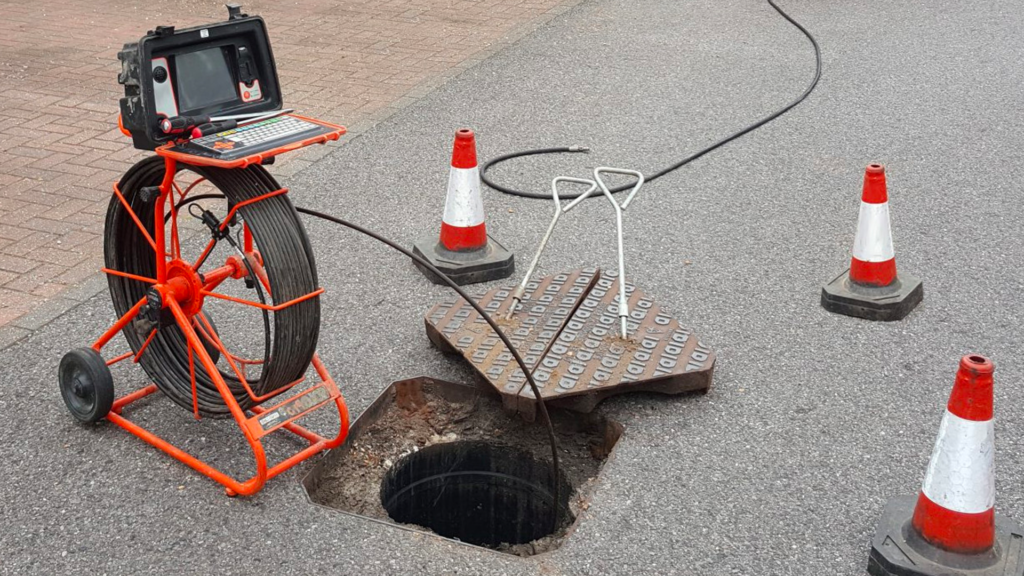The 3-Minute Rule for Reclaim Waste
The 3-Minute Rule for Reclaim Waste
Blog Article
9 Easy Facts About Reclaim Waste Explained
Table of ContentsSome Known Factual Statements About Reclaim Waste About Reclaim WasteThe Only Guide for Reclaim WasteSome Known Factual Statements About Reclaim Waste The smart Trick of Reclaim Waste That Nobody is Talking About
Domestic sewage waste refers to the waste and items from a residential septic tank. The proper management and disposal of domestic sewer waste require liquid waste to be transferred to a sewage treatment plant where the proper approaches and devices are used to cleanse and dispose of waste.
Business waste typically consists of prospective risks, such as flammable products or a mixture of liquid and strong waste products, and calls for a much more innovative and comprehensive disposal process. The disposal of commercial waste normally involves the filtration of waste before transportation to guarantee risk-free and proper disposal. Hazardous waste is created from by-products and drainage of commercial procedures and manufacturing.
This sort of waste can not use the same sewer administration transportation or procedures as septic or commercial fluids. The industrial waste management procedure calls for the examination and screening of fluid waste prior to it undertakes the disposal procedure (liquid waste removal melbourne). Overflow waste is the liquid waste that comes from overflow and excess stormwater in extremely populated areas or cities
Overflow waste can cause contamination and flooding otherwise dealt with appropriately. Find out more regarding sewage system cleaning and waste management. Making certain proper waste management can prevent disasters and reduce environmental damage. Both individuals in property settings and experts in business or manufacturing markets can gain from recognizing the procedures and laws of fluid waste management.
The smart Trick of Reclaim Waste That Nobody is Discussing
Call PROS Providers today to learn more about our waste monitoring and disposal solutions and the appropriate methods to take care of the liquid waste you produce.
(https://www.pubpub.org/user/leon-aube)Do you recognize what happens to your water when you pull the plug, flush the bathroom or drain the washing machine? No? Well, it's worth understanding. This supposed 'wastewater' is not just an important resource however, after treatment, will be launched to our land, rivers or the sea. Utilized water from bathrooms, showers, bathrooms, kitchen sinks, washings and industrial processes is referred to as wastewater.

water made use of to cool equipment or tidy plant and equipment). Stormwater, a form of wastewater, is overflow that streams from farming and urban locations such as roofings, parks, yards, roadways, courses and gutters into stormwater drains pipes, after rainfall. Stormwater streams neglected straight to neighborhood creeks or rivers, ultimately reaching the ocean.
The smart Trick of Reclaim Waste That Nobody is Talking About
In Queensland, many wastewater is dealt with at sewage treatment plants. Wastewater is delivered from residential or commercial sites through a system of sewers and pump terminals, known as sewage reticulation, to a sewer therapy plant. Local governments build, preserve and operate most sewage treatment plants. Operators are certified under the Environmental Protection Act 1994 to release treated wastewater at an acceptable ecological criterion into waterways.
The Division of Natural Resources recommends city governments about managing, operating and preserving sewage systems and therapy plants. In unsewered areas, local federal governments might call for householders to set up private or household sewer treatment systems to deal with domestic wastewater from commodes, cooking areas, bathrooms and washings. The Department of Natural Resources authorises using house systems when they are confirmed to be reliable.
In some new class, treatment of some stormwater to get rid of litter, sand and crushed rock has actually begun using gross pollutant traps. Wastewater therapy occurs in four phases: Eliminates strong matter.
Uses little living organisms recognizes as micro-organisms to damage down and remove remaining liquified wastes and fine particles. Micro-organisms and wastes are incorporated in the sludge.
Reclaim Waste Fundamentals Explained
Nutrient removal is not offered in all sewage treatment plants because it calls for pricey specialized equipment. It is coming to be a lot more typical in Queensland. Clear fluid effluent generated after therapy might still include disease-causing micro-organisms. If this effluent is released right into rivers such as rivers or the sea, the micro-organisms will ultimately die out.

This typically means wastewater navigate to these guys has to be dealt with or pollutants gotten rid of before it can be released to waterways. A lot of wastewater flows into the sewage system. Under the Act, city governments provide approvals and licences for ecologically pertinent tasks (ERAs) involving wastewater releases that might have a neighborhood effect. The division administers approvals and licences to Periods entailing wastewater releases that may have a regional or statewide effect.
Reclaim Waste Fundamentals Explained
Or else, examples are taken for lab analysis. Usually numerous examinations are required to develop the degrees of each of the different pollutants such as oils, hefty metals and chemicals in water. Surveillance gives accurate information regarding water top quality and can verify that licence problems are being met. The information gotten through monitoring supplies the basis for making water high quality choices.
Report this page